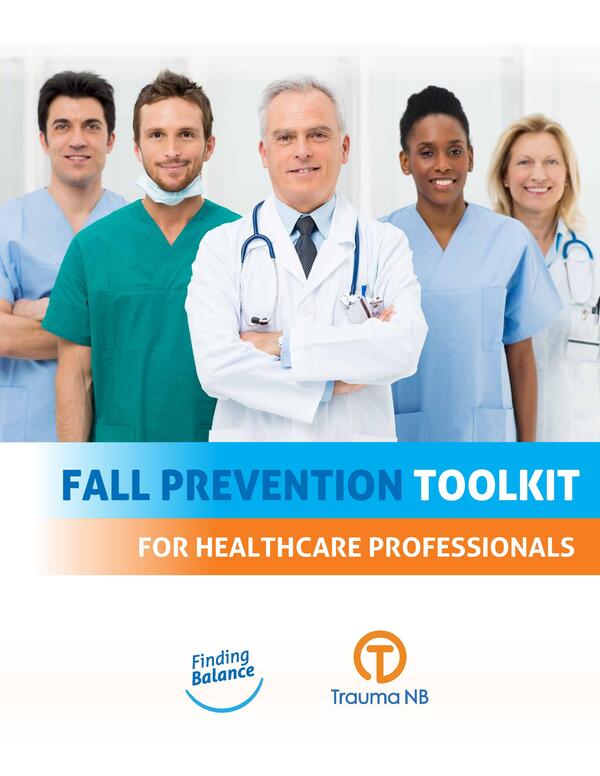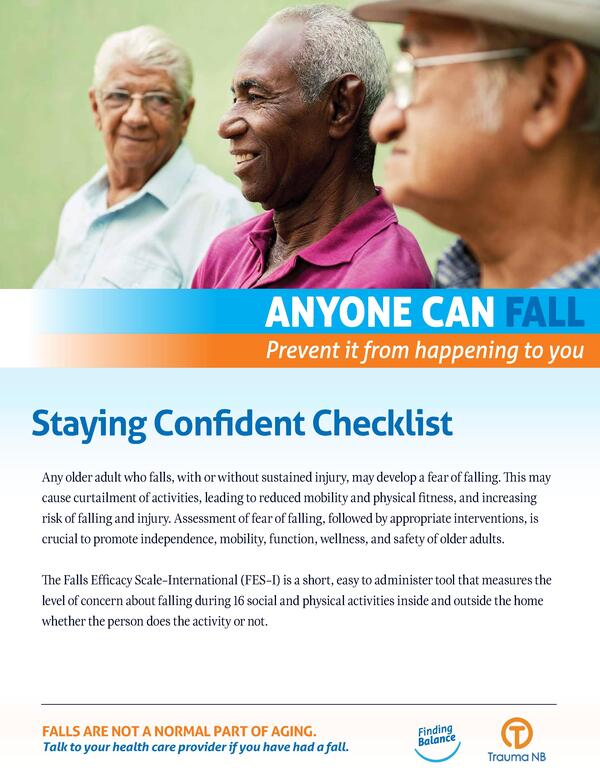Consider developing a feasible individualized care plan that takes into consideration the priorities, beliefs, preferences, and resources of the older adult.
The healthcare professional or the team that conducted the fall risk assessment should develop the individualized care plan and complete the interventions or ensure that other qualified healthcare professionals conduct the interventions.
In addition to providing verbal information, effective education efforts include opportunities to obtain fall prevention resources in the older patient’s language and format of choice. (e.g. links to electronic copies, giving printed handouts, videos).
Optimize the management of underlying acute and chronic medical issues. Complete a physical exam and routine labs (including B12, Vit D and TSH levels).
Complete a medication review to deprescribe fall-risk-increasing drugs. Consider a referral to a pharmacist for a comprehensive medication review.
Check for orthostatic hypotension with lying and standing BP, and manage if present. Defined as a systolic drop ≥ 20 mm Hg or diastolic drop ≥ 10 mm Hg.
Assess and manage concerns about falling with validated tool (e.g., Staying Confident Checklist). Consider a referral for occupational therapy and/or cognitive behavioural therapy.
Refer to an optometrist to assess and optimize vision.
Screen for osteoporosis and treat if present.
Refer for OT home safety assessment and modifications (e.g., EMP, outpatient or private)
Provide education on falls prevention.
Refer to PT for gait aid assessment, and optimization of strength/balance (e.g., EMP, outpatient or private).
Plan follow-up within 3 months to review the individualized care plan.




